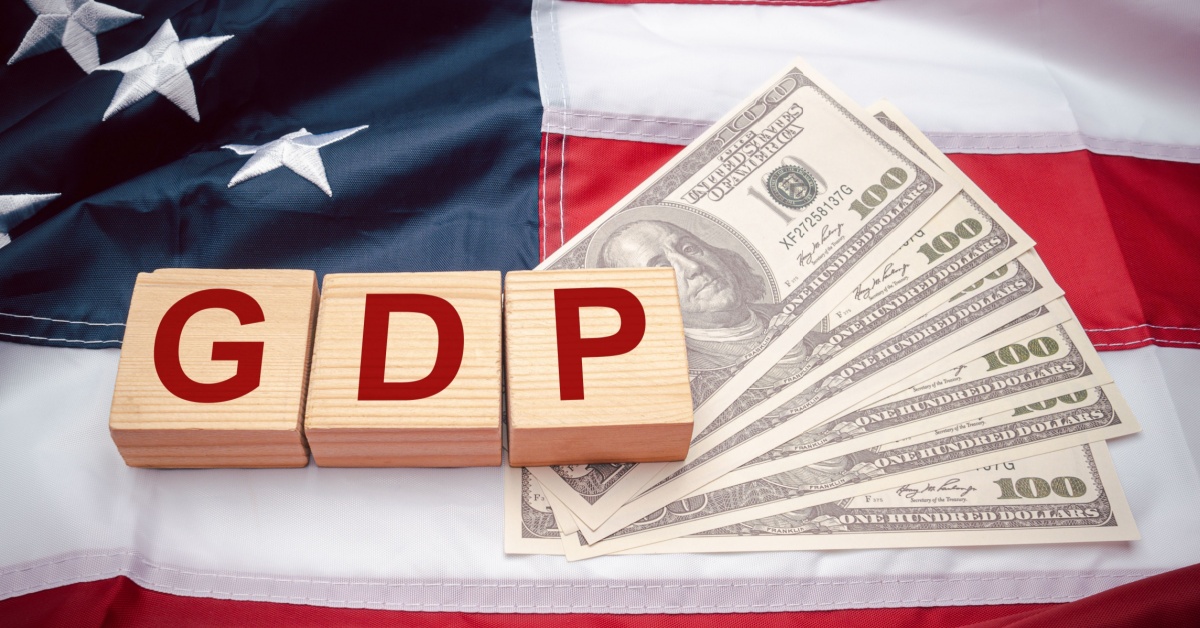U.S. Economy’s 3.5% GDP Growth: Genuine Progress or Just Another Statistical Mirage?

Well, here we are again, folks. The latest government data proudly proclaims a 3.5% increase in GDP for the fourth quarter. We’re told this is a sign of robust economic health, a testament to the resilience of the American economy. But before we break out the confetti and champagne, let’s take a moment to dissect what these numbers really mean—and, more importantly, what they don’t.
First, it’s essential to understand that GDP, or Gross Domestic Product, is a broad measure of economic activity. It totals the value of all goods and services produced over a specific time period. Sounds straightforward, right? But like most things involving the government and statistics, the devil is in the details.
This 3.5% uptick is being hailed as evidence that we’re on the right track. Politicians and pundits are quick to attribute this growth to their preferred policies, whether it’s tax cuts, deregulation, or increased government spending. But let’s not kid ourselves. GDP growth doesn’t necessarily translate to improved living standards for the average American. In fact, it often masks underlying issues that don’t make for such rosy headlines.
Consider this: GDP includes government spending. So, when the government borrows billions—or trillions—and spends it, GDP goes up. But does that mean the economy is genuinely healthier? Or does it mean we’re piling up debt that future generations will have to pay off? It’s akin to maxing out your credit card and declaring yourself financially sound because you bought a bunch of stuff. The bill eventually comes due.
Moreover, GDP growth doesn’t account for income inequality. A rising GDP can coincide with a shrinking middle class and increasing wealth disparity. So, while the economy ‘grows,’ the benefits may be concentrated in the hands of a few, leaving the majority of Americans wondering why their paychecks don’t stretch as far as they used to.
Let’s also talk about inflation. The official narrative might downplay it, but anyone who’s been to a grocery store lately knows that prices are climbing. If GDP is up 3.5%, but inflation is eating away at your purchasing power, is that really progress? Or is it just a statistical sleight of hand designed to make us feel better while our savings erode?
And what about the quality of jobs being created? Are they high-paying, stable positions that can support a family? Or are they low-wage, part-time gigs with no benefits? GDP doesn’t differentiate. It treats a dollar earned as a dollar earned, regardless of whether it comes from a manufacturing job with a pension or a part-time position at a retail chain.
It’s also worth noting that GDP growth can be influenced by factors that have little to do with the underlying health of the economy. Natural disasters, for example, can lead to increased spending on reconstruction, temporarily boosting GDP. But does rebuilding what was lost constitute real economic progress?
So, before we get too carried away with this 3.5% figure, let’s ask ourselves some critical questions. Is this growth sustainable, or is it a blip on the radar? Are we investing in the future, or are we mortgaging it? Are the benefits of this growth being shared broadly, or are they accruing to a select few?
In the end, GDP is just a number. It doesn’t capture the full complexity of our economy, nor does it reflect the everyday realities faced by millions of Americans. So, let’s temper our enthusiasm with a healthy dose of skepticism. Because when it comes to government statistics and economic health, things are rarely as simple—or as positive—as they seem.

